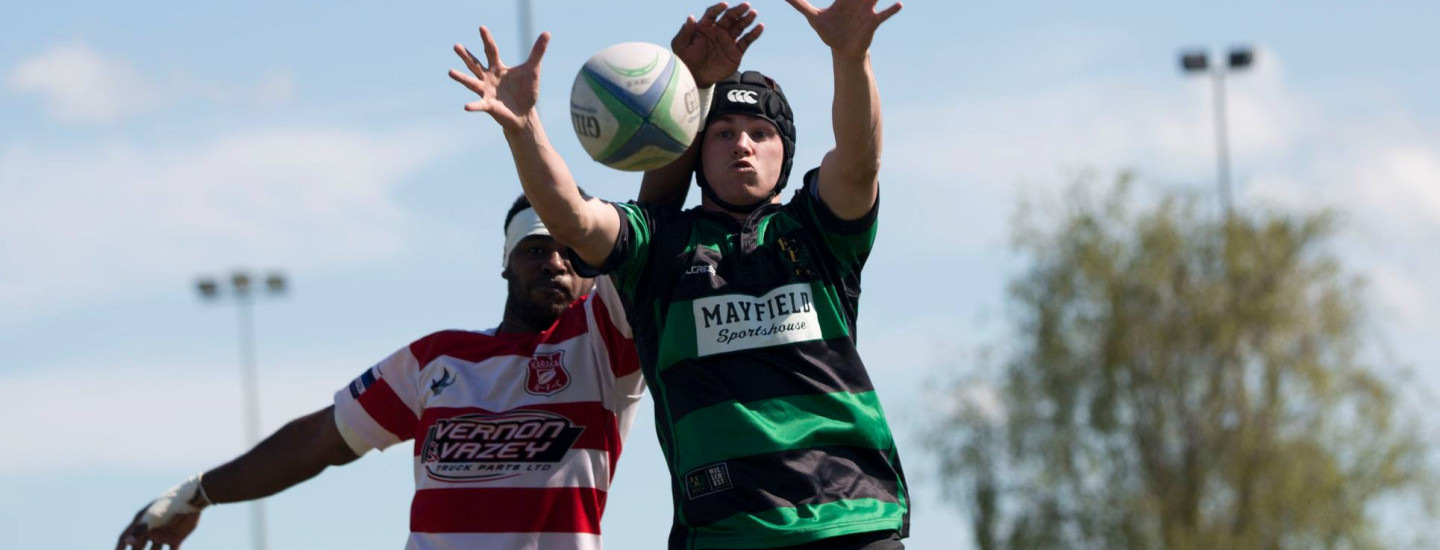What is the Blue Card process?
The Blue Card Initiative allows referees to remove players suspected of concussion. Regardless of Blue Card use, any player with a suspected concussion must complete the minimum stand-down period and follow the Graduated Return to Play protocol.
What does getting a Blue Card mean?
The basics
A blue card is a safety measure in rugby. Referees use it when they think a player might have a concussion. If you get a blue card, you must leave the game immediately.
Why Blue Cards exist
Blue cards help protect players from serious brain injuries. They allow referees to act quickly when they spot signs of concussion.
Rugby Toolkit | Blue Card
What happens when you get a Blue Card
During the Game
- The referee shows you the blue card.
- You must leave the field right away.
- You cannot return to play in that match.
After the Game
- Your name is recorded as receiving a blue card.
- You enter the concussion management process.
- You must complete a mandatory stand-down period.
The Stand-Down Period
- Everyone: Minimum 21 days
- This time allows your brain to recover.
Returning to Play
You can't just jump back into rugby after the stand-down period. You must:
- Be symptom-free
- Get medical clearance
- Complete the Graduated Return to Play process
Important Notes
- Even without a blue card, if concussion is suspected, you should stop playing.
- Always put your health first. Be honest about your symptoms.
- Follow all medical advice for a safe return to rugby.
- If you believe your Blue Card should be rescinded, you will need to follow this process.
